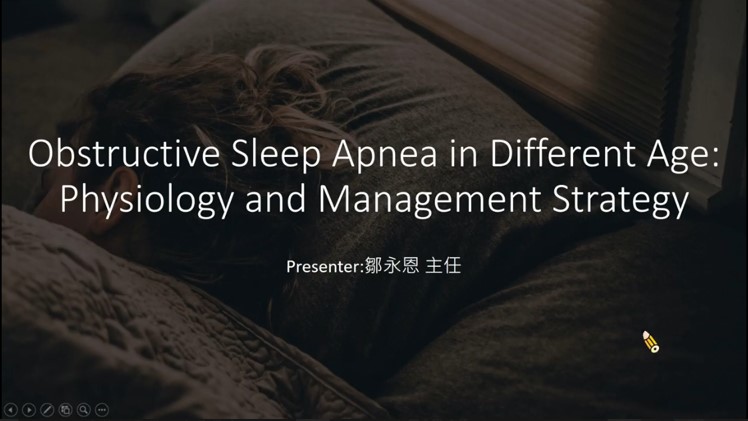
Obstructive Sleep Apnea (OSA) is a common sleep disorder, but its pathophysiology varies across age groups, impacting treatment choices. Firstly, we'll review OSA's pathophysiology in different age groups, highlighting variations, such as adenotonsillar hypertrophy in children and the role of respiratory feedback in older individuals. Next, based on findings from Drug-Induced Sleep Endoscopy (DISE), we'll compare obstruction levels across age groups. For example, children tend to experience improved nasal obstruction with age, while adenotonsillar hypertrophy remains, and older individuals may have more tongue base hypertrophy or posterior collapse. We'll discuss tailored treatment strategies for different age groups, like CPAP as a primary treatment for middle-aged and elderly patients and tonsillectomy for children, along with the timing of surgery and treatment outcomes. In conclusion, understanding age-specific physiological changes in OSA is crucial for effective treatment strategies, potentially enhancing patients' quality of life and reducing the risk of associated complications.